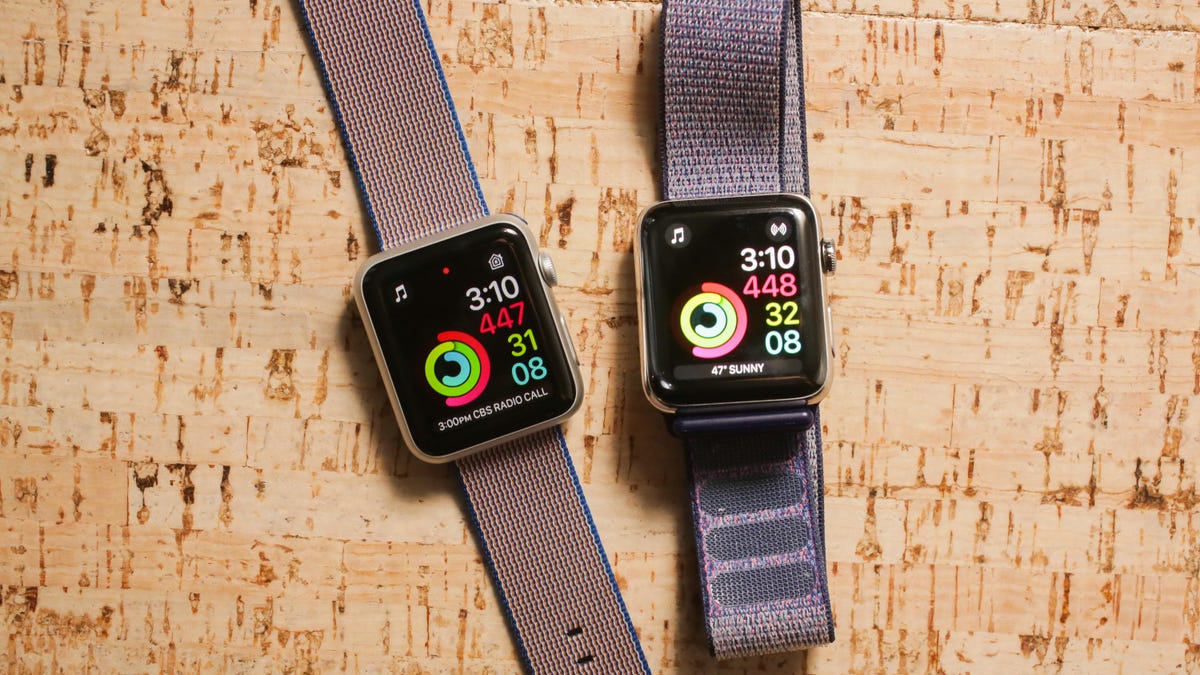Apple reportedly testing in-house MicroLED screens
The screens may eventually replace the OLED displays from Samsung and LG that are currently being used by the tech behemoth.

Apple's Watch may switch from OLED to MicroLED screens.
Apple is possibly bringing one more piece of its mobile device business in house with the development of its own MicroLED screens.
The screens, which are said to be more difficult to manufacture than the OLED displays Apple currently uses in the Apple Watch and iPhone X , are being developed in secret at a California facility, according to sources familiar with project who spoke with Bloomberg on condition of anonymity. MicroLED displays are potentially brighter and require less power than OLED screens, and also allow for slimmer devices.
Although Apple has made its own processors to power its mobile devices for many years, its displays are supplied by outside manufacturers including Samsung and LG . These MicroLED screens would be a first for the company, but despite advancements in their development, its unlikely they'll be used in Apple devices in the near future.
While the screens are being developed and made by Apple, the 62,000-square-foot facility is too small for mass production, according to Bloomberg. It's likely Apple will either need a manufacturing partner or buy a factory for mass production.

